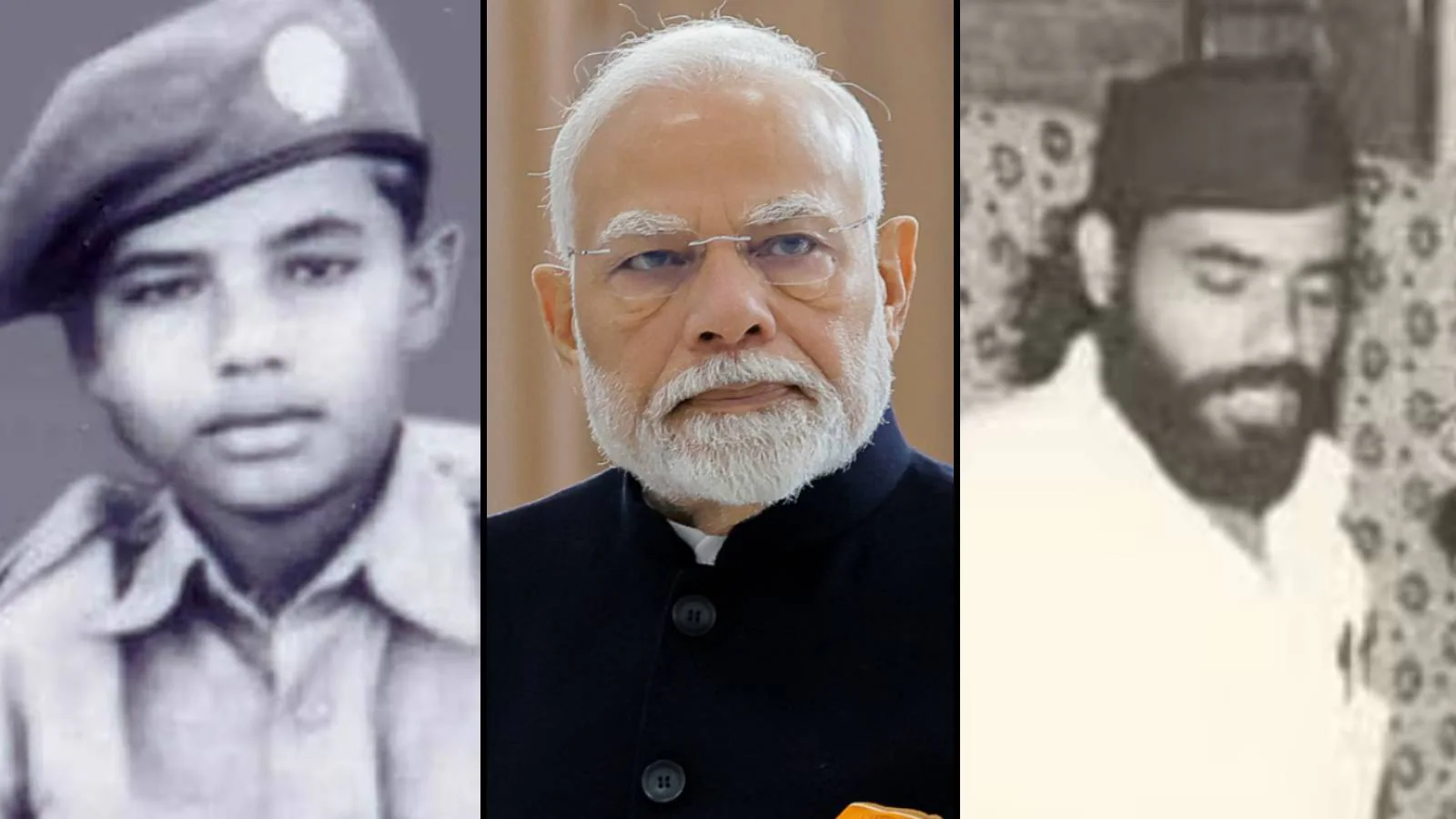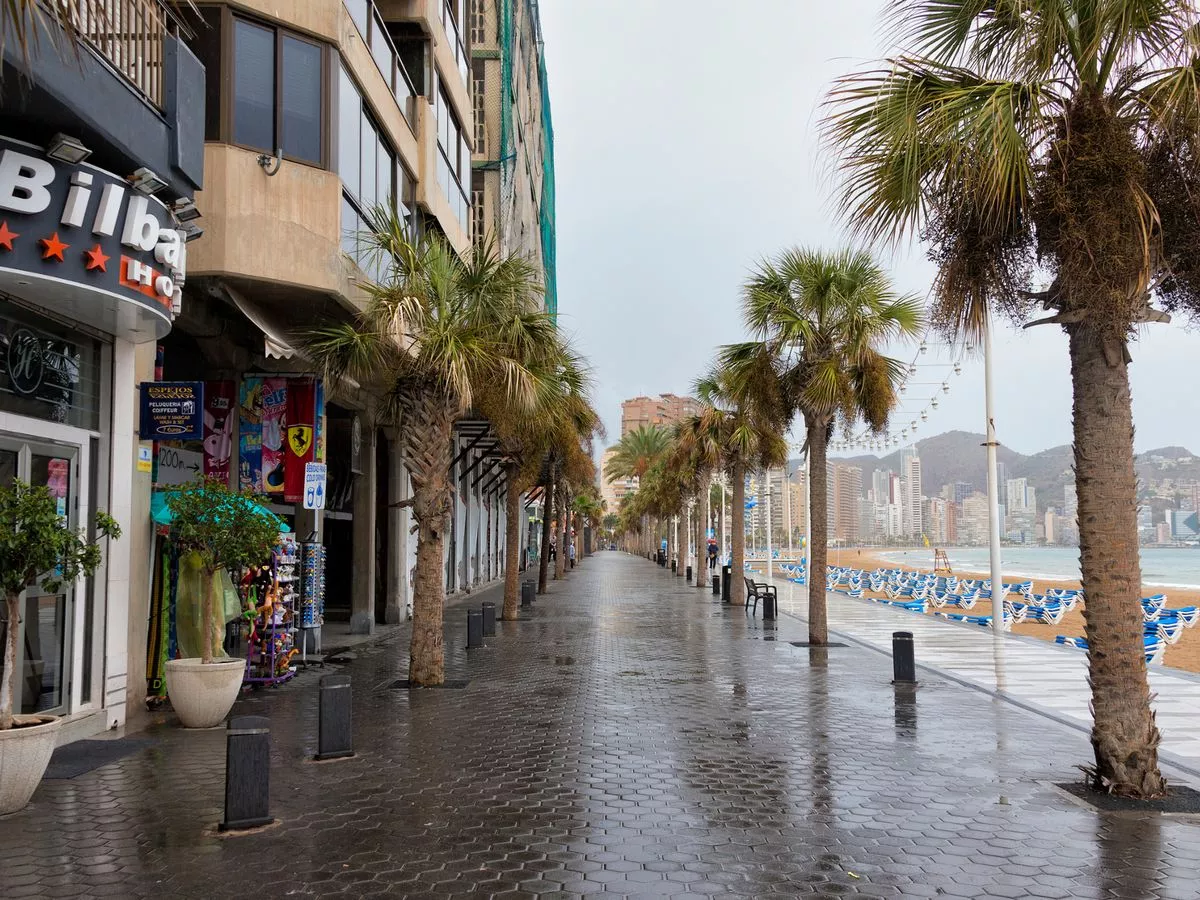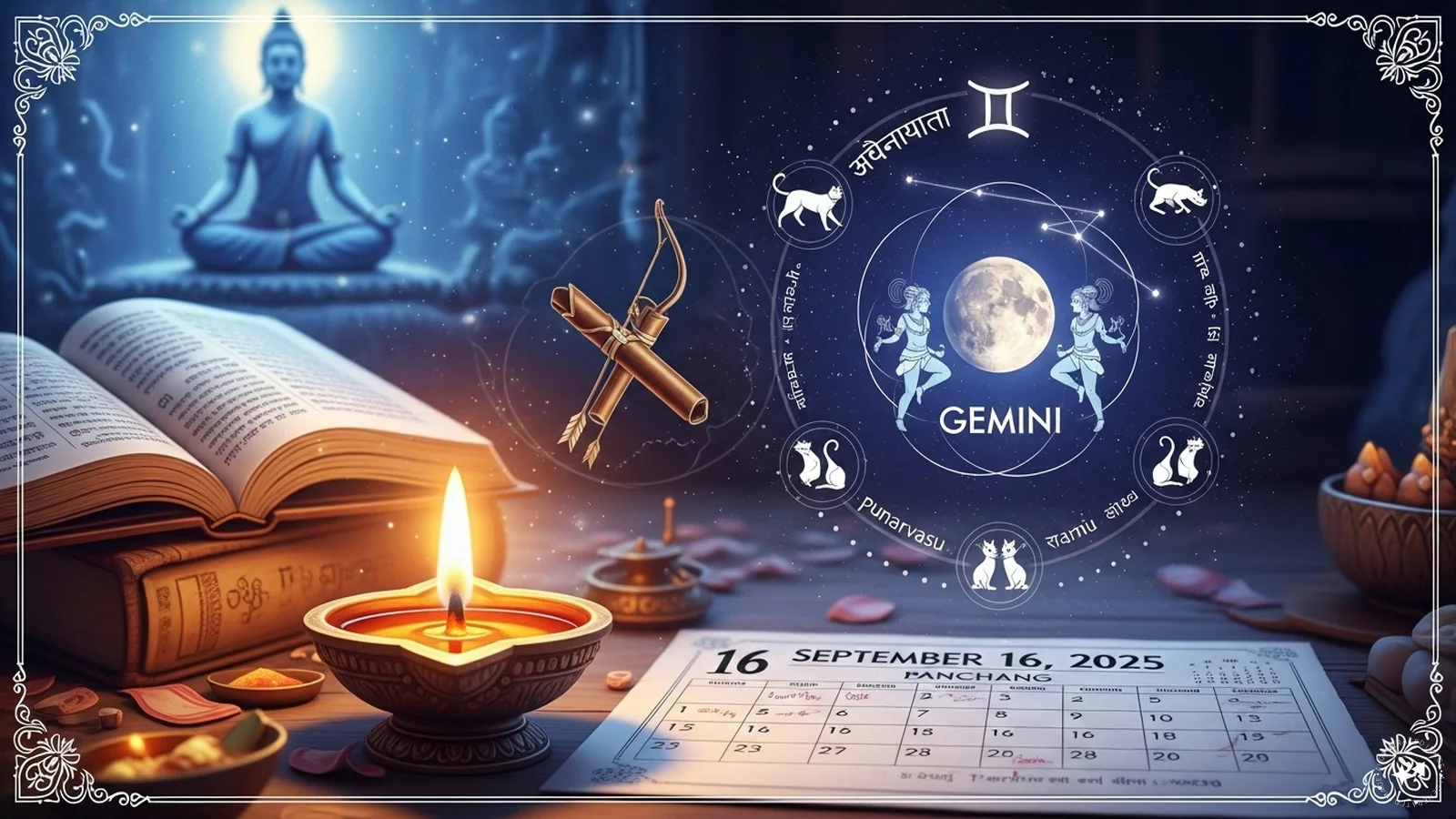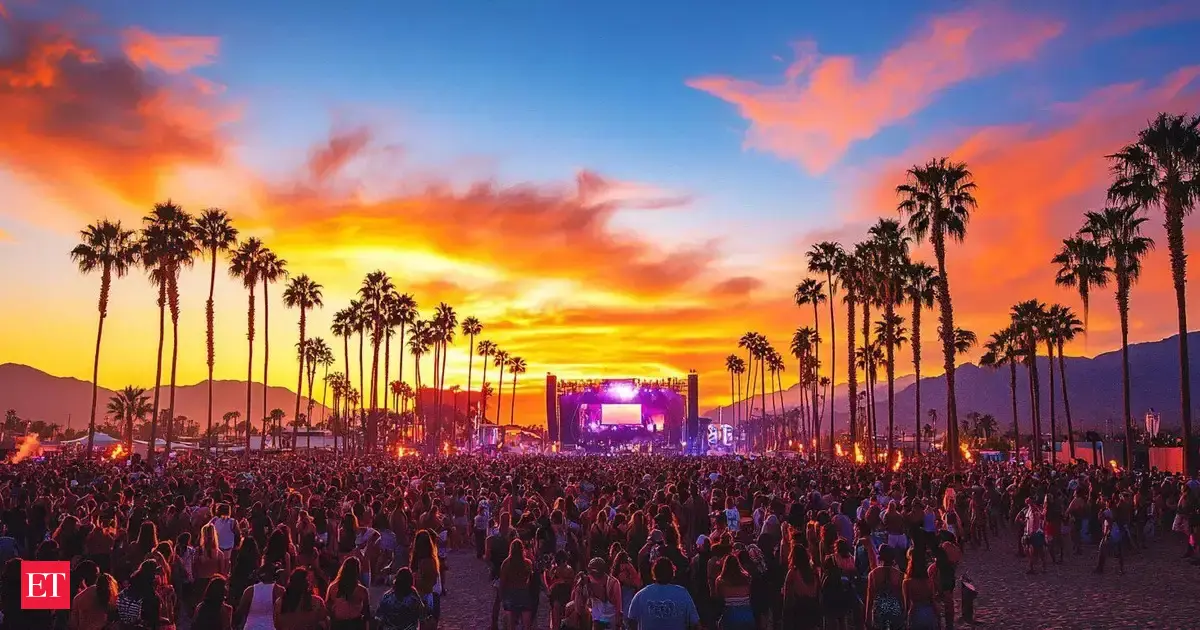By News18,Priyanka Das,Sujata.singh
Copyright news18

On May 26, 2014, Narendra Modi took oath as the Prime Minister of India, following a historic mandate. Regarded as a dynamic and decisive leader, he is celebrating his 75th birthday today, September 17, 2025. Here’s a look back at his prolific life in pictures. (Image: Wikimedia Commons)
Narendra Damodardas Modi was born on September 17, 1950, in Gujarat’s Vadnagar. The third child of Damodardas Modi and Hiraba Modi, his early years were about balancing his studies and helping his family at their tea stall. (Image: X)
From an early age, Modi had a strong urge to serve the society at large. At the tender age of 17, he left home to travel around the length and breadth of India. Two years later, he joined the Rashtriya Swayamsevak Sangh (RSS). In 1972, Modi became a Pracharak for RSS. A young Modi also got involved in the movement to restore democracy in the late 1970s, when the nation was reeling under Emergency. (Image: X)
In 1987, Modi took on the role of General Secretary of the BJP in Gujarat. In a historic first, he won a victory for BJP in the Ahmedabad Municipal Corporation elections. Three years later, he was instrumental in BJP’s second position in the Gujarat Assembly elections. From 1995, Modi worked as the National Secretary of BJP; the party went on to win the 1998 Lok Sabha elections. (Image: X)
A pivotal moment in September 2001 marked a dramatic shift in Narendra Modi’s political journey. While attending a funeral, Modi received a phone call from then Prime Minister Atal Bihari Vajpayee, a call that would change the course of his life. Vajpayee asked Modi to meet him that evening; during that meeting, he offered Modi the role of Chief Minister of Gujarat. With grit, determination and strong leadership, Modi created the vibrant Gujarat we know today. But the path was not without challenges and adversities. (Image: X)
On September 12, 2013, Modi was named the BJP’s candidate for prime minister ahead of the 2014 Lok Sabha election. The BJP became the first party to win a majority of seats on its own since 1984, with Modi becoming the first Prime Minister to be born in independent India. (Image: BJP.Org)
From Chai Pe Charcha to Main Bhi Chowkidar and Modi Ki Guarantee, these popular campaigns led to Modi’s consecutive wins as prime minister of India. Modi became the first non-Congress leader to win three consecutive general elections and secure a third successive term, only one to do so other than Pandit Jawaharlal Nehru. (Image: Wikimedia Commons)
As PM Modi continues to serve the nation with the same earnestness, here’s a look at a few of the siginificant milestones that he has spearheaded so far. (File photo)
Digital India: With a focus on improving internet access, digital literacy and e-governance, the campaign, launched in 2015, laid the groundwork for innovations like UPI (Unified Payments Interface), Aadhaar integration, and public service digitisation across rural and urban India. (Image: PMO)
Swachh Bharat Abhiyan: Launched on October 2, 2014, this nationwide cleanliness campaign aimed to eliminate open defecation and improve solid waste management. The mission led to the construction of over 100 million toilets. (Image: X)
Jan Dhan Yojana: The Pradhan Mantri Jan Dhan Yojana, launched in 2014-15, brought millions of previously unbanked citizens into the formal banking system. It enabled direct benefit transfers (DBTs), subsidies, and welfare schemes to reach beneficiaries more transparently and efficiently. (File photo)
Demonetisation: On November 8, 2016, PM Modi announced the demonetisation of Rs 500 and Rs 1,000 notes to fight black money, counterfeit currency, and terror financing. (File photo)
Citizenship Amendment Act (CAA): The CAA made way for Indian citizenship for persecuted minorities (Hindus, Sikhs, Jains, Parsis, Buddhists, Christians) from Pakistan, Bangladesh, and Afghanistan in 2019. (File photo)
Abrogation of Article 370: On August 5, 2019, the government revoked Jammu and Kashmir’s special constitutional status under Article 370 and bifurcated it into two Union Territories—J&K and Ladakh. (Image: PMO)
Triple talaq ban: After the Supreme Court declared instant triple talaq unconstitutional in 2017, the Modi government passed a law against it in 2019, in what was hailed as a landmark victory for Muslim women’s rights and gender justice. (Image: PTI)
Ayodhya Ram Mandir: The Supreme Court in 2019 ruled in favour of the construction of a Ram temple at the disputed site in Ayodhya. PM Modi attended the temple’s consecration in January 2024, fulfilling a key promise of the BJP government. (Image: File photo)
Waqf (Amendment) Act: This legislation in 2025 reformed the governance of waqf properties by introducing transparency measures, digitization, audits, and inclusive representation (including for women and sects like Shias). (Image: PTI)
Income tax rules: The Income Tax Act, 2025 has been introduced to modernise India’s direct tax framework, focusing to simplify and streamline tax legislation, making it more accessible, transparent, and less prone to litigation. By adopting plain language and restructuring provisions logically, the Act aims to reduce taxpayer confusion and improve voluntary compliance. (File photo)
GST reforms: The GST Council has approved a new two-slab structure, scrapping the 12% and 28% brackets, easing rates on essentials, and imposing higher levies on select products. Introduced on July 1, 2017, GST unified India’s fragmented indirect tax system into a single tax structure. (Image: PMO)
Operation Sindoor: Operation Sindoor was launched on May 7, 2025 to respond to the April 22, 2025 Pahalgam terror attack by Pakistan-sponsored terrorists. It focused on dismantling terrorist infrastructure and neutralising terrorists likely to be sent across to India. India’s actions were focused, measured, and non-escalatory. (Image: PTI)



